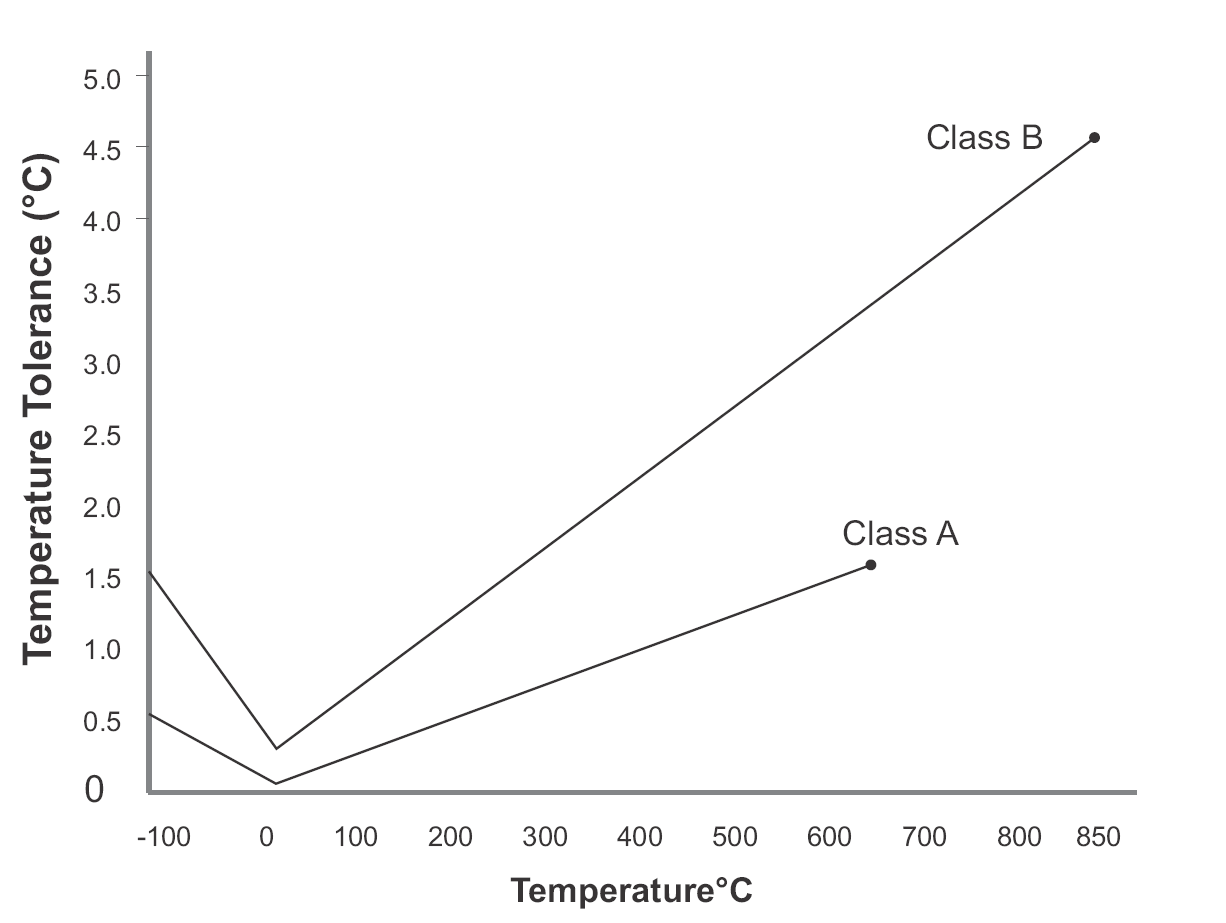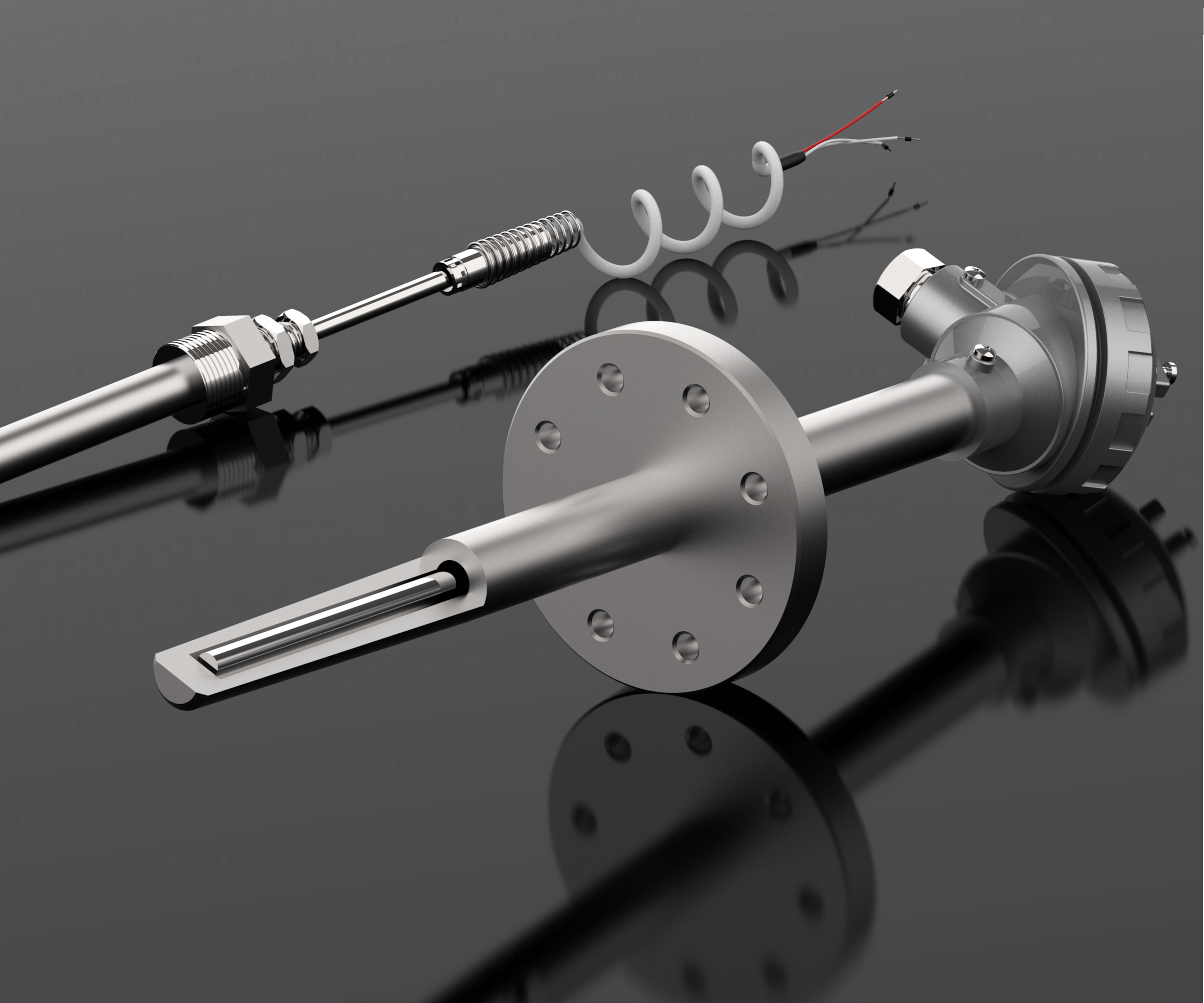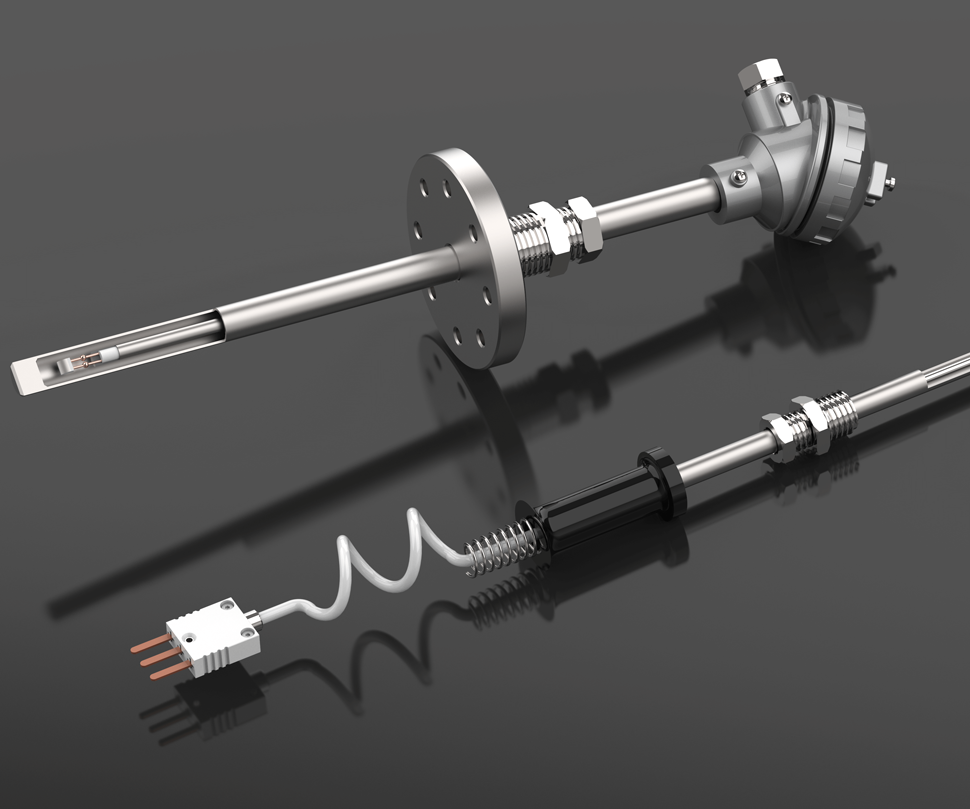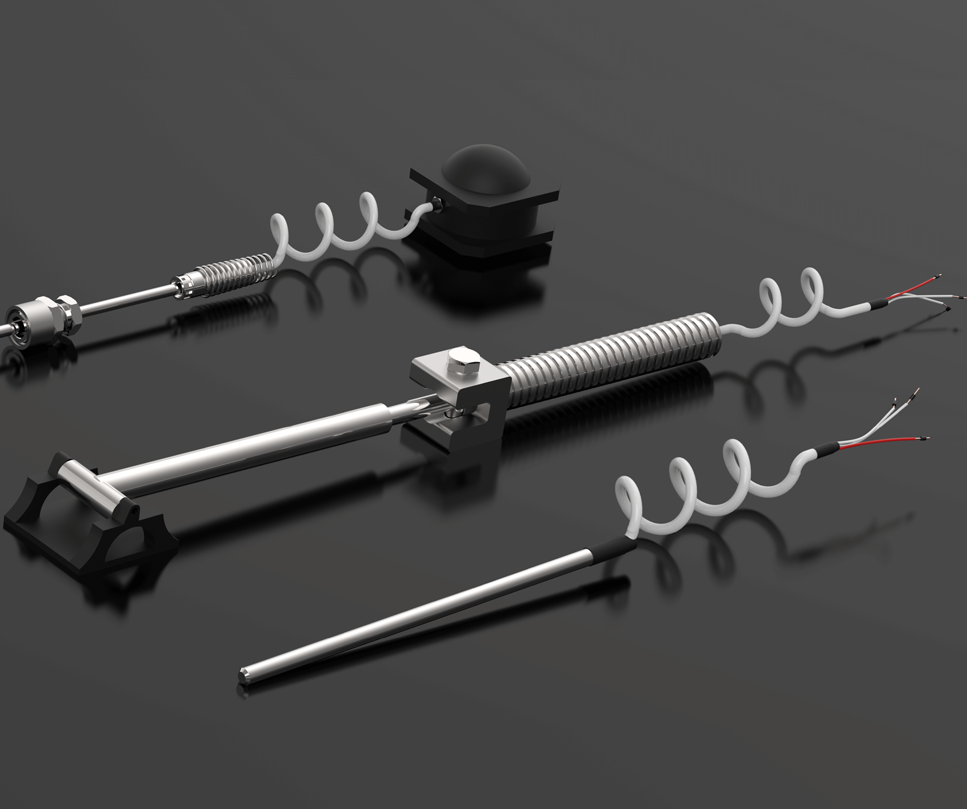- Home
- About
- Products
- Contact Temperature Sensors
- Cables & Wires
- Mineral Insulated Cables
- Nickel & Thermocouple Alloy
- Industrial Heaters
- Heating Cables and Mats
- Non Contact Temperature Sensors
- Industrial and R&D Furnaces
- Temperature Calibrators
-
Circulating Chiller
- Services
-
Special Products
- Thermal Profiling System
- Industries
- Resources
- Contact Us
- Shop
RTD’s are temperature measuring sensors which use the resistance /temperature relationship of material to measure the temperature of a body. RTDs have higher accuracy and stability as compared to Thermocouples usually in the below 600 °C range. Resistance temperature sensors are composed of realizing material generally Copper, Nickel, or platinum, which shows resistance at a specific temperature. If we want to measure temperature with high accuracy, an RTD is an ideal solution, as it has good linear characteristics over a wide range of temperatures.
Resistance Vs. Temperature Relationship:
The Resistance versus Temperature relationship is expressed as the measure of progress in the resistance of the component per degree change in temperature. This relative change in resistance is called the Temperature Coefficient of Resistance (α) and this remains nearly constant throughout the temperature range of the sensor. Platinum is a highly preferred material for RTD sensors as not at all like different components it has a profoundly straight Resistance – Temperature relationship which is repeatable inside a wide temperature range. This linear temperature ranges from (-272.5) °C – (961.78) °C. It is also preferred due to its chemical inertness which makes it ideal to use in any environment. The sensors made for the International Temperature Scale standard (ITS-90) are of Platinum sensors. Copper additionally has a decent straight Resistance – Temperature relationship however it oxidizes over 150 °C, which makes it questionable for higher temperatures. Nickel shows a Non-Linear relationship above 300 °C which limits its temperature range.
The resistance at 0°C is called R0 and it is a significant boundary to be characterized. The most commonly used RTD element is platinum with a resistance of 100 Ω at 0°C. Hence named as Pt 100 Platinum RTD are appropriate for temperature range - 200 to 850°C. Normally, Industrial RTDs are used at a temperature range up to 400°C.
The direct estimation of resistance versus temperature is taken between 0 °C – 100 °C. α = (R100 – R0)/(R0 x ΔT)
Where
R100 is the resistance of the sensor at 100 °C
R0 is the resistance of the sensor at 0 °C
ΔT is the temperature distinction
Pure Platinum has α= 0.003926 Ω/(Ω•°C) for 0 – 100 °C range.
Be that as it may, the worthy worth indicated by IEC 60751 and ASTM E-1137 Standards is α = 0.00385 Ω/(Ω•°C). The estimation of α is shifted by a cycle called doping in which contaminations are combined into the sub-atomic grid of Platinum in a controlled style.
Resistance temperature detectors ( RTD's ) - Components are additionally accessible with resistance 200, 500, and 1000 Ω at 0°C. Such kind of RTDs is known as PT200, PT500, and PT1000 individually. The temperature coefficients of these sorts are additionally equivalent to the PT100, yet these give higher resistance change per degree Celsius which in turn gives the higher resolution.
| Temperature | Class A (±) | Class B (±) |
|---|---|---|
| -200°C | 0.55°C | 1.3°C |
| -100°C | 0.35°C | 0.8°C |
| 0°C | 0.15°C | 0.3°C |
| 100°C | 0.35°C | 0.8°C |
| 200°C | 0.55°C | 1.3°C |
| 300°C | 0.75°C | 1.8°C |
| 400°C | 0.95°C | 2.3°C |
| 500°C | 1.15°C | 2.8°C |
| 600°C | 1.35°C | 3.3°C |
| 700°C | - | 3.8°C |
| 800°C | - | 4.3°C |
| 850°C | - | 4.6°C |
Tolerance Table for Type of RTD(as per IEC 751) Pt100
|





